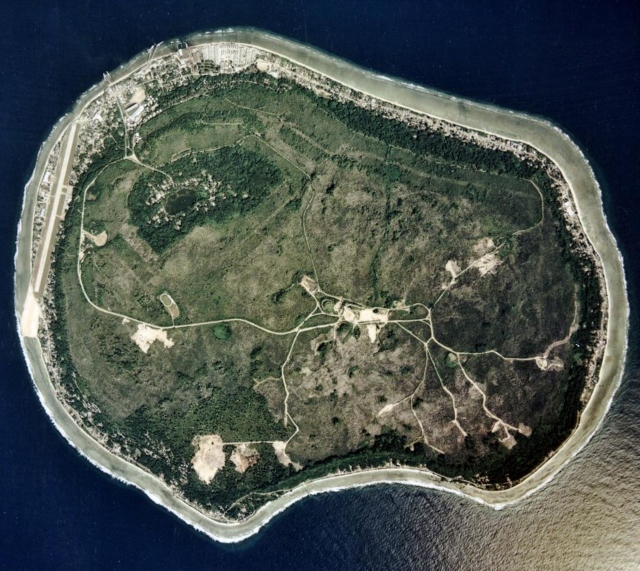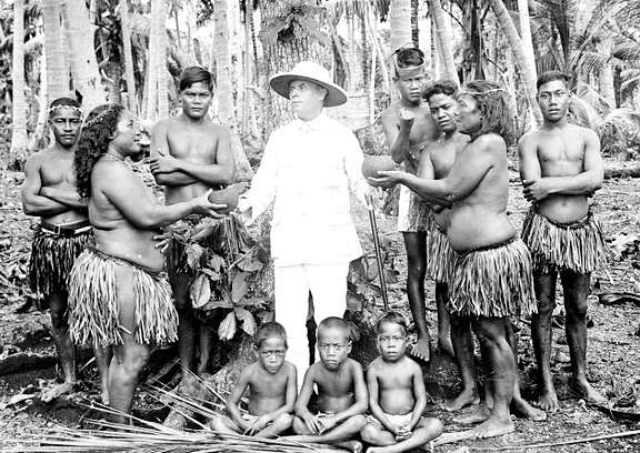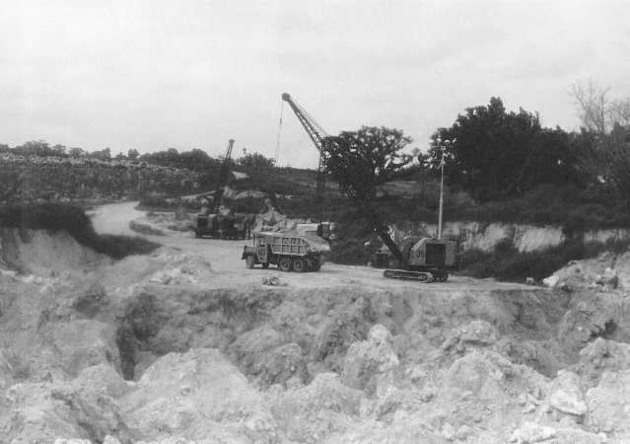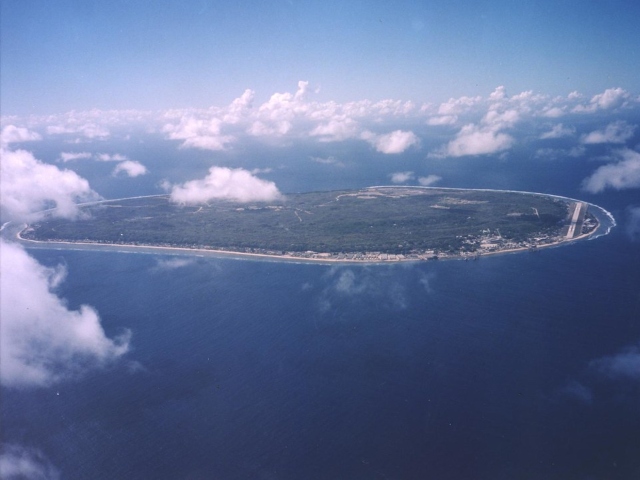
-
The World’s ‘Least Visited Country’ Is An Island Paradise That Only Gets 200 Tourists Per Year
12 Oct 2023 by Heinrich in Lifestyle, World
[imagesource:flickr]
Nauru, often described as the “Pearl of the Pacific,” is a tropical paradise. The sunsets over turquoise lagoons are nothing short of magnificent, and coral reefs that border its coastline are a colourful home to exotic marine life.
But far from being a tourist dream, the island only receives about 200 tourists a year.
The lack of influencers and British families clogging up the local beaches, and sewage works, is not due to a lack of natural beauty, but rather the intrepid journey which requires a Sean Penn-level of experience as you weave through the maze of connecting flights. Nauru is a place for travellers with a spirit of adventure, not tourists.
The isolation, lack of direct flights, and absence of bustling hotels contribute in a way to its beauty, yet those who make it here are warmly hosted by the locals who are happy to share their culture. Because of the fewer visitors, the natural ecosystems are perfectly balanced here, and the people living on the island have survived by respecting that.
Nauru was once a prosperous phosphate mining hub, but a century of intensive mining has left the central 90% of Nauru a wasteland. But the history of exploitation goes all the way back to 1798 when British sea captain John Fearn became the first European to spot the island.
[image:wikicommons]
By 1830, European whalers used Nauru as a supply stop, trading firearms for food. This had obvious consequences and in 1878 a civil war erupted on the island, reducing the Nauruan population by more than a third. Around 1888 Germany rocked up on the island and held the 12 chiefs hostage until the locals gave them the island.
The new landlords banned alcohol, confiscated weapons, instituted strict dress codes, and brought in Christian missionaries to convert the population. And that’s when they found the phosphate – of which locals only earned about one-tenth of one percent of the profits.

[image:picryl]
During the next century, the island bounced between Australian and Japanese ownership until 1968 when they declared independence.
[image:picryl]
After taking over mining, the profits made the islanders among the richest people in the world. However, after a series of dodgy investments in buildings, airlines, and a musical theatre, the phosphate mining ceased, and in 1989 the Nauruan government was forced to sue Australia for the damage caused by mining in order to stay afloat.
It didn’t help much, and in 2000 Nauru nearly went bankrupt before trying to rebrand itself as an offshore banking haven. That particular plan was abandoned in 2005. Today there are about 10,000 residents still left, which also ironically makes it one of the most densely populated countries in the South Pacific.
Despite the sketchy human history on the island, the natural beauty makes this one of the most beautiful places on earth, and well worth the visit if Bear Grylls is your spirit animal.
View this post on Instagram[source:dailyexpress&cia.org]
Latest News
-
Game, Seth, Match – Goodbye 2024
Hey Guys - thought I’d just give a quick reach-around and say a big thank you to our rea...
-
Breakfast Of Champions: Hollywoodbets Kenilworth Racecourse Breakfast Gallops Is Back!
[imagesource:CapeRacing] For a unique breakfast experience combining the thrill of hors...
-
Need NYE Plans? Cafe Caprice’s Night Of Enchantment Masquerade Party Could Do The Trick
[imagesource:howler] If you're still stumped about what to do to ring in the new year -...
-
Buckingham Palace Steps In After Staff Christmas Party Spirals Out Of Control
[imagesource:maxandeli/facebook] It's not just in corporate that staff parties get a li...
-
Designer Babies Are Running Into Trouble As Teens, Grappling With Being ‘Experiments’
[imagesource:here] Imagine being born with the weight of your parents’ version of per...
-






























